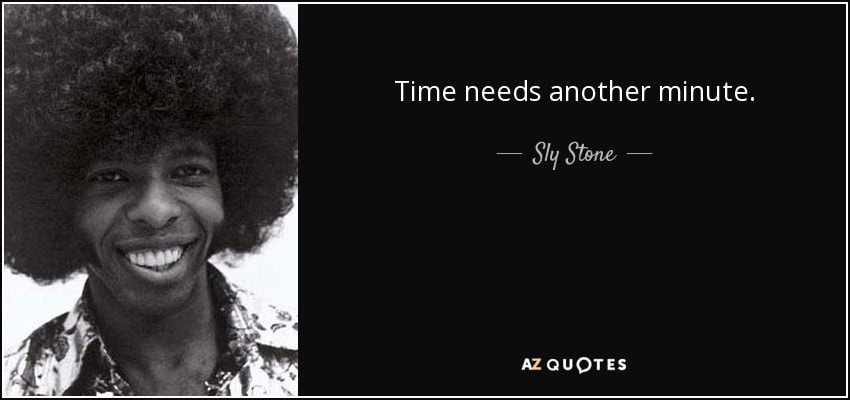New Monday #20
Happy New Monday!
Actor Donald Sutherland died last week.
I recalled he was in a Kate Bush video for the song Cloudbusting.
The song is an odd one, the video is a strange one, but it is Kate Bush, and she is one of those people who does whatever they want.
In the video, Sutherland and Kate Bush play a father and a son, based on psychologist Wilhelm Reich and his son, Peter, and inspired by Peter’s memoir A Book of Dreams.
Peter Reich adored his dad; his dad’s controversial ideas ended up getting him imprisoned — there’s a Kafka-esque scene in the video in which the father is taken away. Somehow Kate Bush turns it into a top twenty single.
Here’s a deeper dive into the making of the video.
You never know where inspiration might come from.
Humanizing Grooves: Pull and Push
In the studio, I always spent a lot of time on how things felt, on the groove of the song, whether it be humans or computers or a bit of both. On drum machines and software like that in Logic, or in packages like Superior Drummer, there are tons of options and controls, in addition to amazingly well-recorded drum sounds.
One of the key controls is whether the drum part is Pushed, or Pulled - pushed meaning the part is slightly ahead of the beat, pulled meaning slightly behind the beat.
Common thinking is that for something to sound funky and have a great groove to it, it should be pulled a bit behind the beat. I used to think so, but after experimenting and listening, I now think it is a lot more complex than that.
Here are some guidelines for your thinking on this. These aren’t rules but it's hard to find exceptions. Of course, this is all based on my hearing and feel for grooves. Your results might be different.
Guidelines for Grooves
Eight Notes are almost always pushed a bit ahead of the beat. And this makes sense from a physical perspective. Yes, there are swing rhythms involved too, but most rock and pop don’t swing all that much.
Listen to the hi-hat on this - it’s clearly pushed.
And kick is also Pushed. Which leads to...
Push kicks or whatever is doing four on the floor. Kicks are almost always slightly ahead, especially on 4 on the 4 stuff like this song here.
Note that these are all real drummers playing real kits. Next guideline:
The snare can be pulled. It's not always pulled, but very often it’s either pulled or the arrangement is doing something such that the snare seems to almost stop the flow of the song on two and four.
Listen to this. The kick and hats are pushed, the snare is pulled, as is the bass.
This is Hella Good by No Doubt. Fantastic live in the studio playing by Adrian Young. Listen carefully: you’ll hear at the start the whole drum part is pushing, but the moment the band kicks in there’s a slight slowdown and that snare generally pulls back behind the beat.
Perhaps instead of thinking pulled on the snare, think getting a sense of the whole song stopping for a moment, like the snare cuts it for a split second.
On this recording, listen to the slight change in arrangement on the fourth beat of each measure - the hi-hats drop out.
That snare “pothole” that breaks the flow of the song is super critical to that groove, and to a lot of grooves. Reggae players always talk about leaving space.
This Childish Gambino tune has pushed hats and kicks, a pulled snare that has that song “cut” effect to it.
Speaking of Space
I watched a ridiculous Jason Stathem movie a few nights ago, The Beekeeper, and noticed that there was almost continual underscoring through all the dialog. It was distracting. Of course, we’re not talking great writing or great acting here so maybe it was needed, but the next night I watched episode 2 of House of the Dragon, and while the show is scored and orchestrated, it’s considerably less so than The Beekeeper.
Too much music, too much production - it can turn into a surrogate laugh track that indicates what you’re supposed to feel.
Space is good.
Thanks for existing in time and space with us,
The Guys at Korneff

